EL BLANCO by Ricardo Cases & Iván del Rey de la Torre
スペイン人フォトグラファー、リカルド・カセス(Ricardo Cases)とスペイン人映像作家でありライターのイヴァン・デル・レイ・デ・ラ・トラ(Iván del Rey de la Torre)の作品集。2007年にカセスがマリのある会社へと訪れる道中、思考と観察を主な活動とするスペイン・セビリア出身の旅人を連れ立ち、目に留まるもの全てとその人物を撮影した。旅から戻るとカセスは記録を振り返り、連れ立った旅人のポートレイトと二人で訪れた場所を写したものとを照合するためにイメージを並べ替え始めた。しかし、意図に反して旅のストーリーを語れるほどにはうまく写真を合わせることができず、失敗作として暫く引き出しの奥にしまい込んでいた。時は過ぎ2015年、撮影したイメージを振り返り再び照らし合わせる作業を始めようと思い立つ。撮影した写真は以下のようなアイデアをカセスに呼び起こした。
たまたま通りかかっただけの場所について語る際に、一写真家として感じた正当性の欠如/旅のセレンディピティやその国の文化と現実から受けるエキゾチシズムによって刺激され、流れに身を任せ旅をしたことで現れる目線の純粋さ/表面上に、想像上の領域に、そしてほぼ夢である言えるほど特殊な経験の結果に留まるべく、どのように適応するか…
この新たな定義に基づきカセスは作品を組み立て、デル・レイ・デ・ラ・トラと共同編集を始めた。デル・レイ・デ・ラ・トラが本作にテキストを寄せると、その文章はメロディーも無いのに写真とダンスを舞い始めた。この関係性は、時としていかにイメージの重要性がその実体の内に存在しておらず、それどころか我々の心の中で永遠に抱えている物をなぞった中に在るかということを明らかにしている。我々が新しいイメージを作り上げる時、そのイメージは自分の中の痕跡を投影しているに過ぎないのである。これこそが、辺境の地における西洋の表象の考察が「表現そのものとは何か」を我々に問わせた物語『EL BLANCO』の始まりだった。
In 2007 Ricardo Cases embarked on a trip across Mali in the company of a white man. Along the way he photographed everything that caught his attention and took portraits of his fellow traveller, a man from Seville whose primary activities were thinking and looking. On his return, Cases reviewed the material and started playing around with the images, with a view to connecting both groups of photographs: those of his travel companion and those of the territory they had visited. He realised however that the images were not sufficiently self-standing to tell the story he had intended, and after a few failed attempts he pushed the material into a drawer.
Years later, in 2015, he returned to the images and felt he was starting to connect with them. Some of them suggested ideas: the lack of legitimacy he felt as a photographer in talking about a place he experienced only in passing; the innocence in the gaze of the tourist who goes with the flow, stimulated by the journey’s serendipity and by the exoticism of a foreign culture and reality; how it can sometimes be appropriate to linger on the surface, in the realm of the imagined, on the outcome of an experience so specific that it could nearly be a dream…
That’s when he decided to structure the work around these new premises and edit this book in collaboration with Iván del Rey de la Torre, whose texts enter into a dance with the photographs, against that melody. The relationship thus established reveals how an image’s importance often lies not in its materiality, but rather in the tracing of it that we carry around forever in our mind. When we fabricate new images, they are nothing but projections of those tracings.
That was the genesis of El blanco, a story where an examination of the West’s representation of outlying territories leads us to question representation itself.
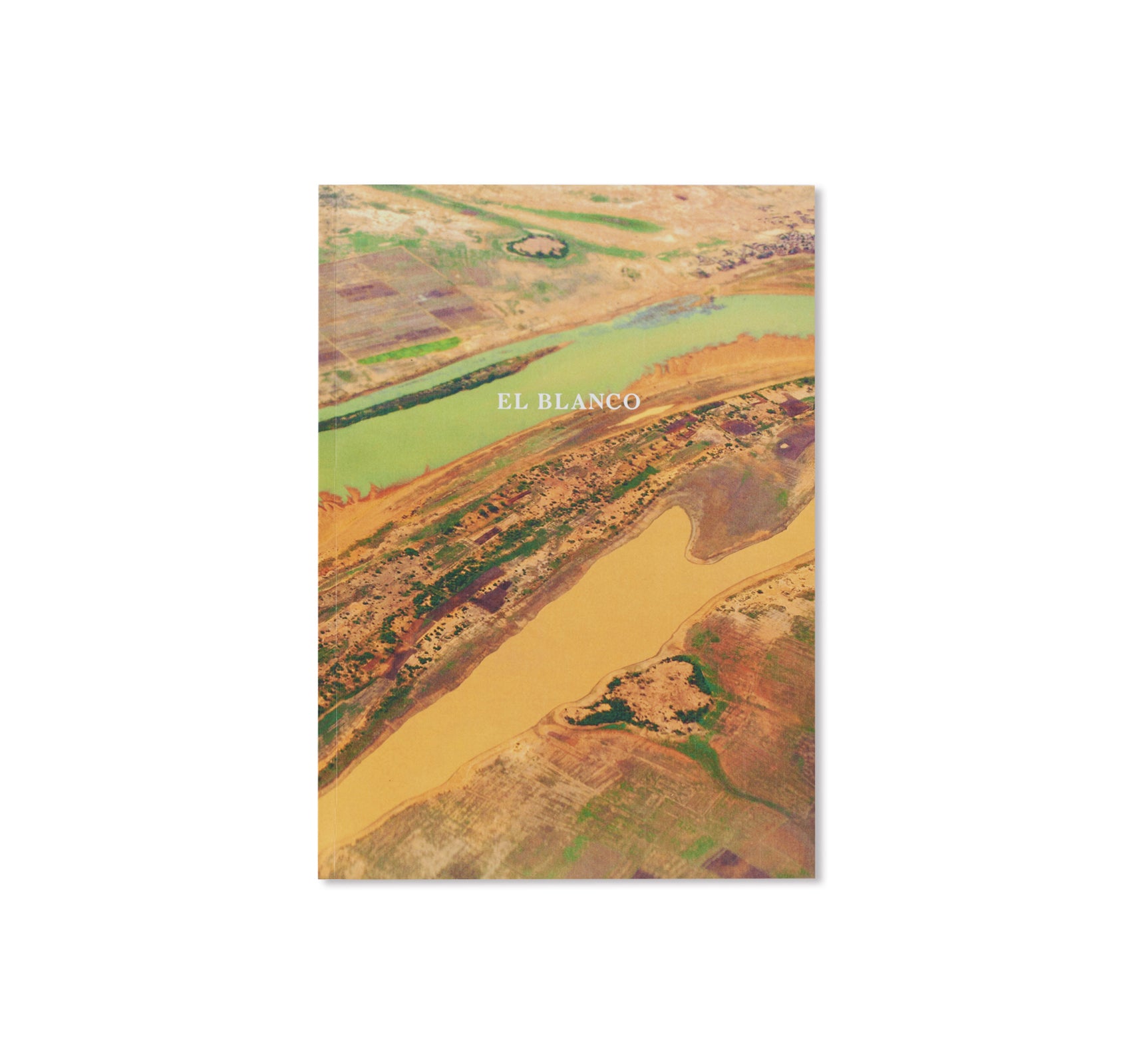
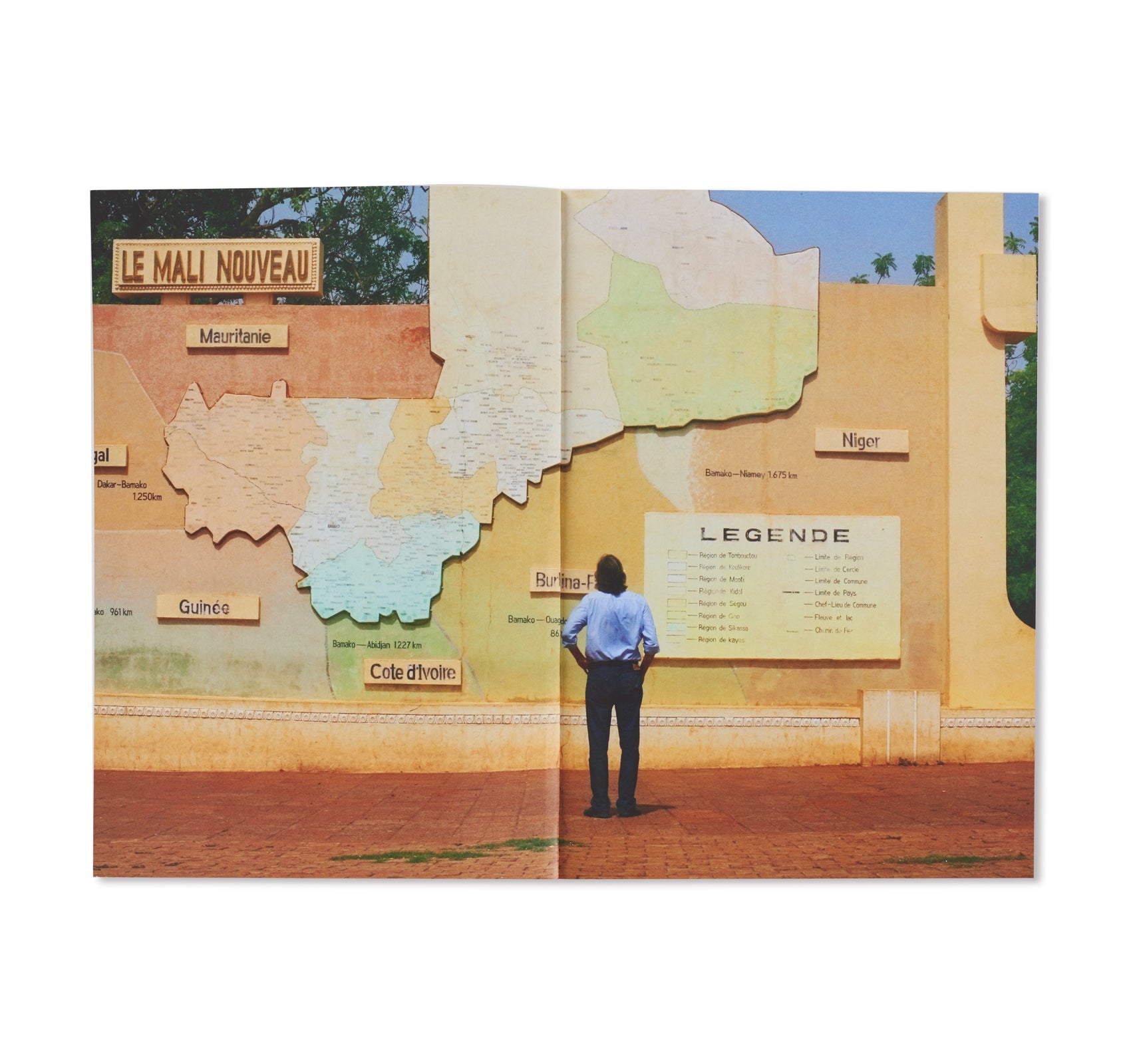
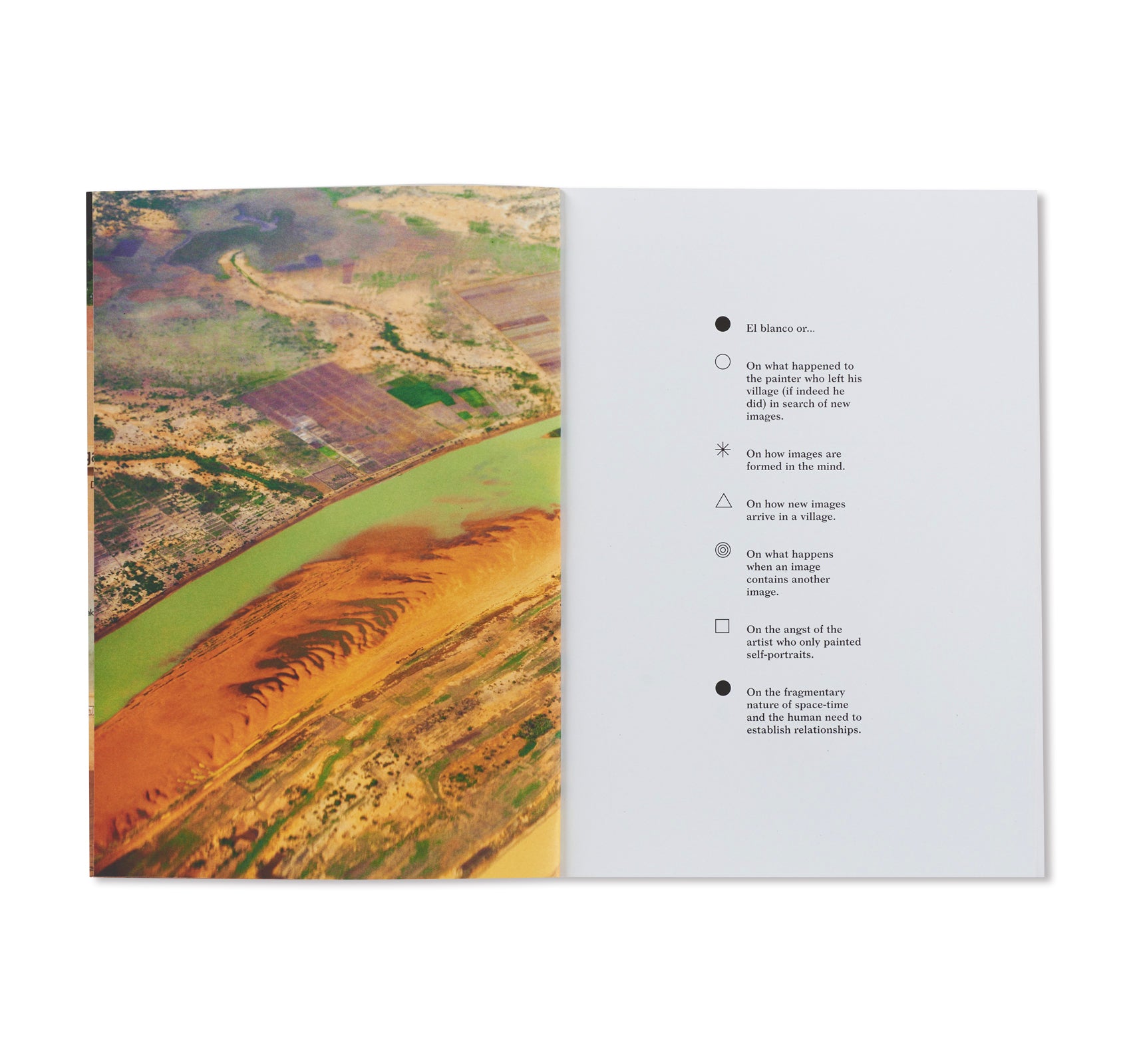
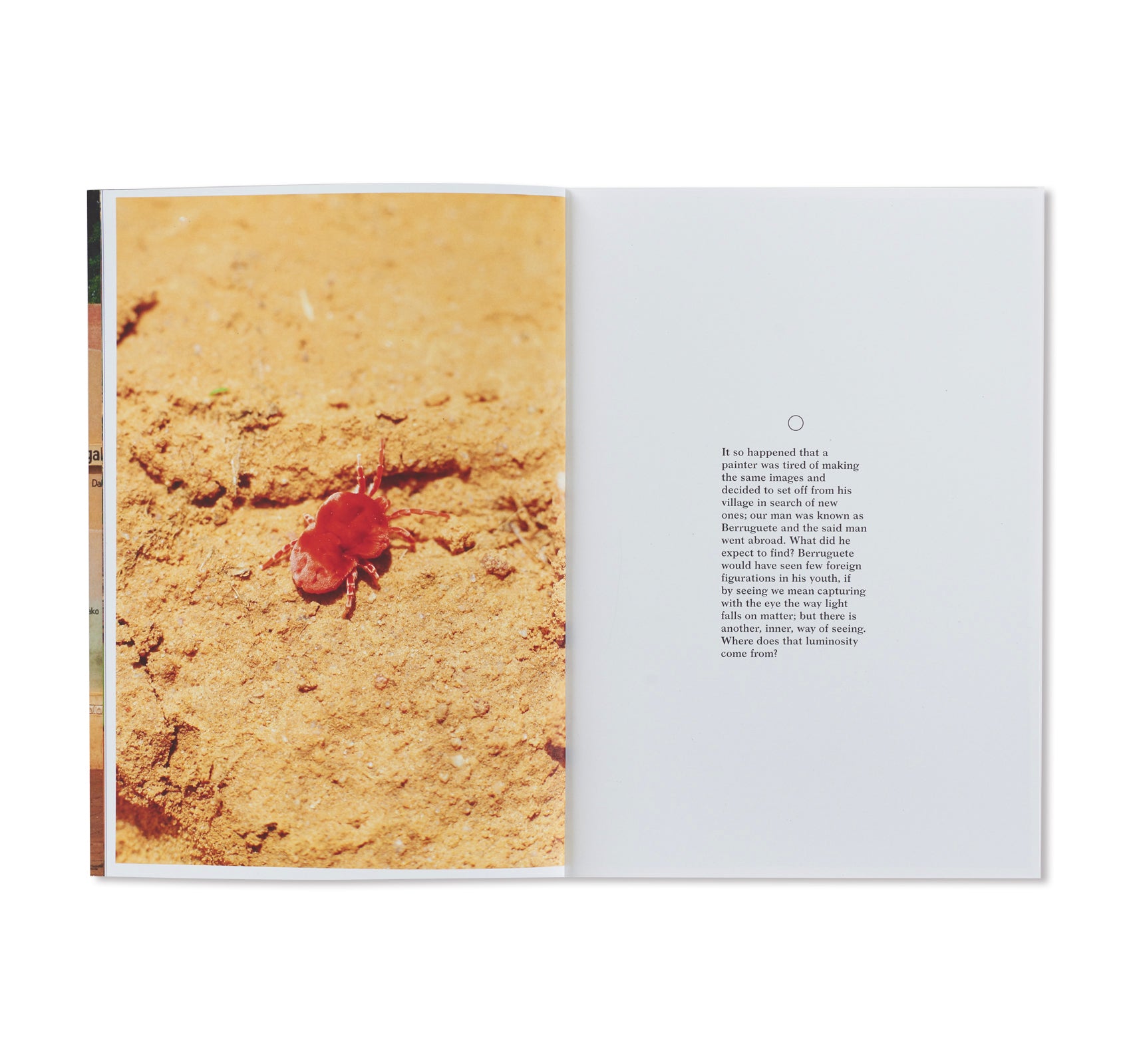
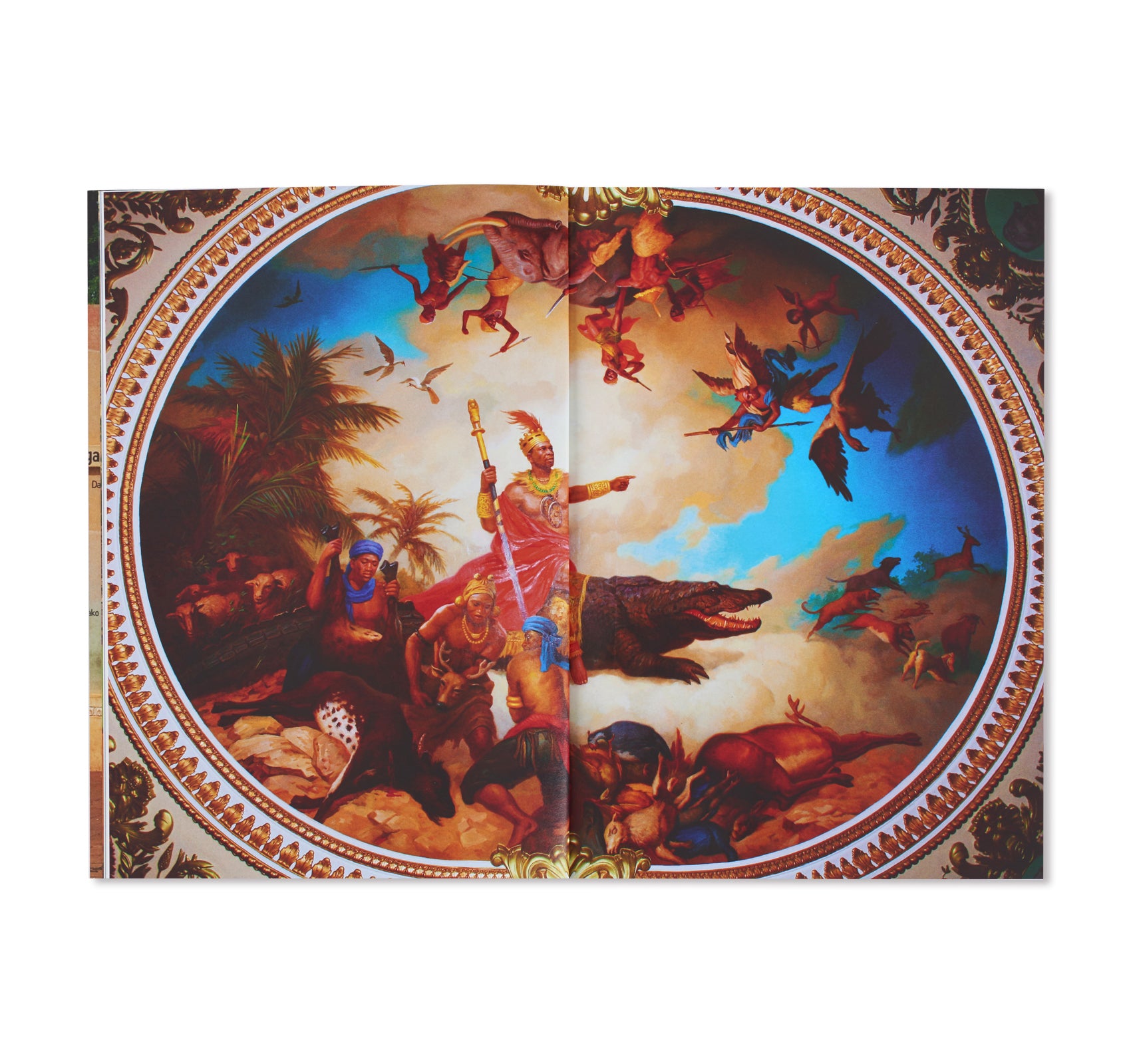
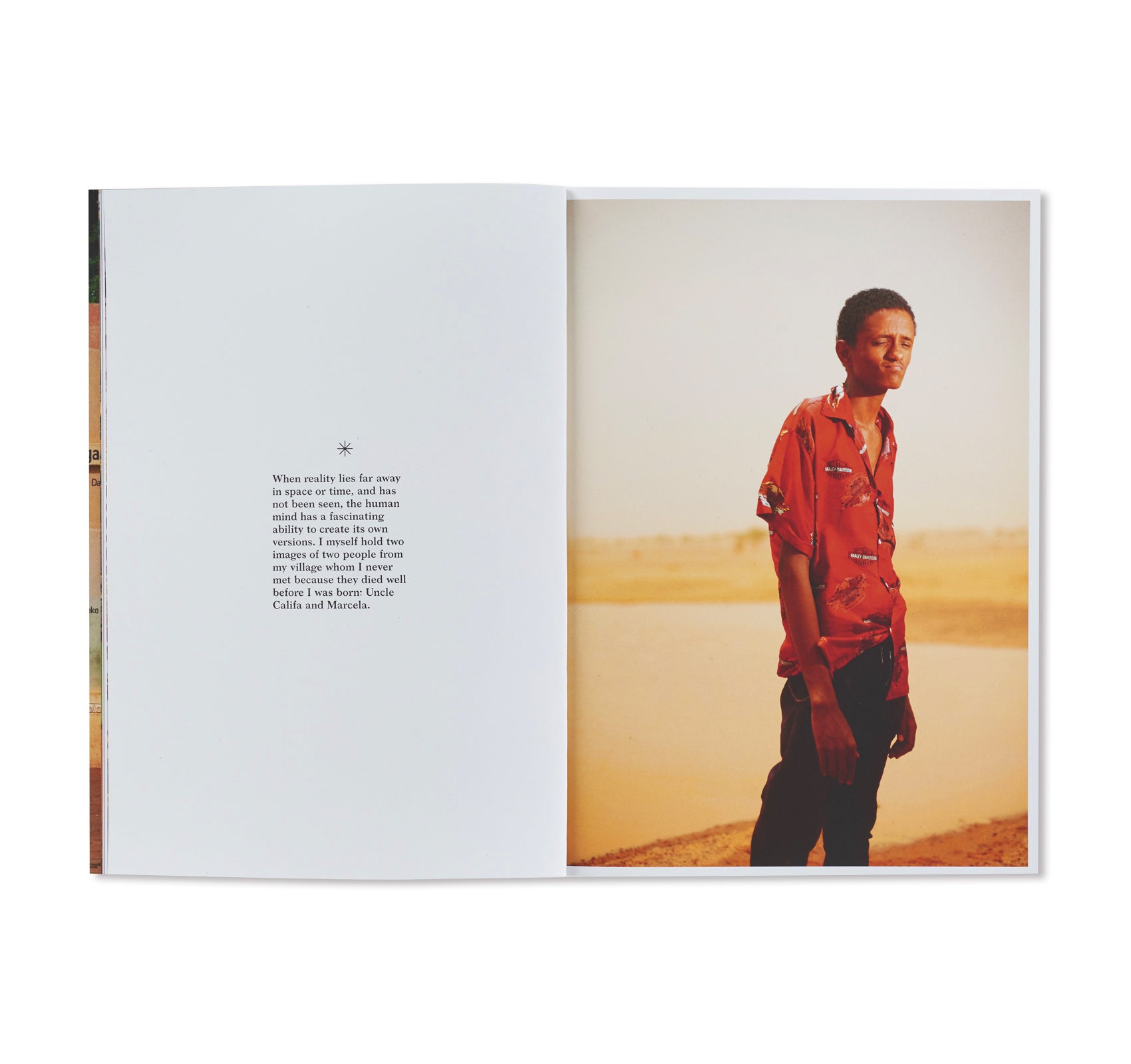
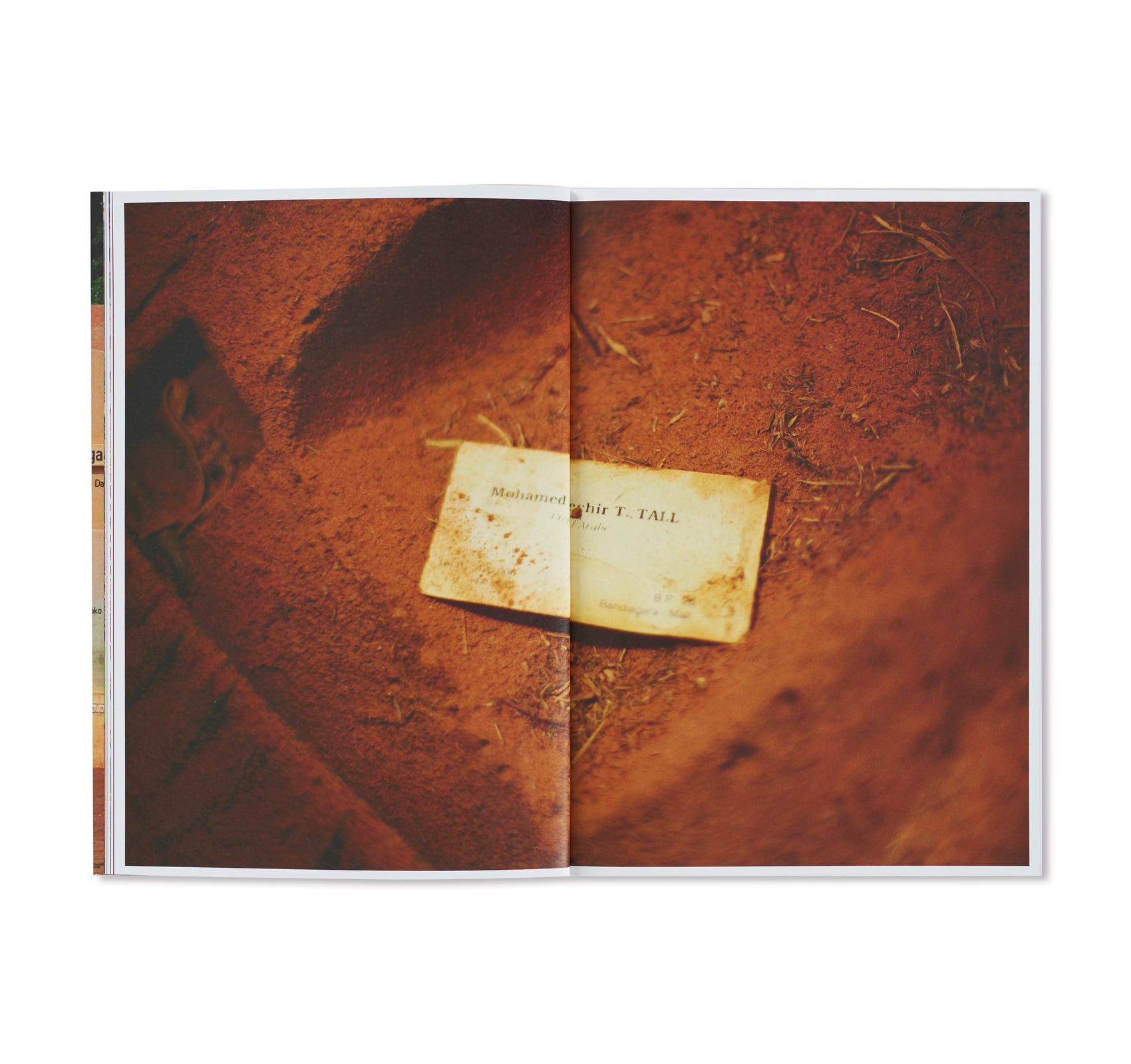
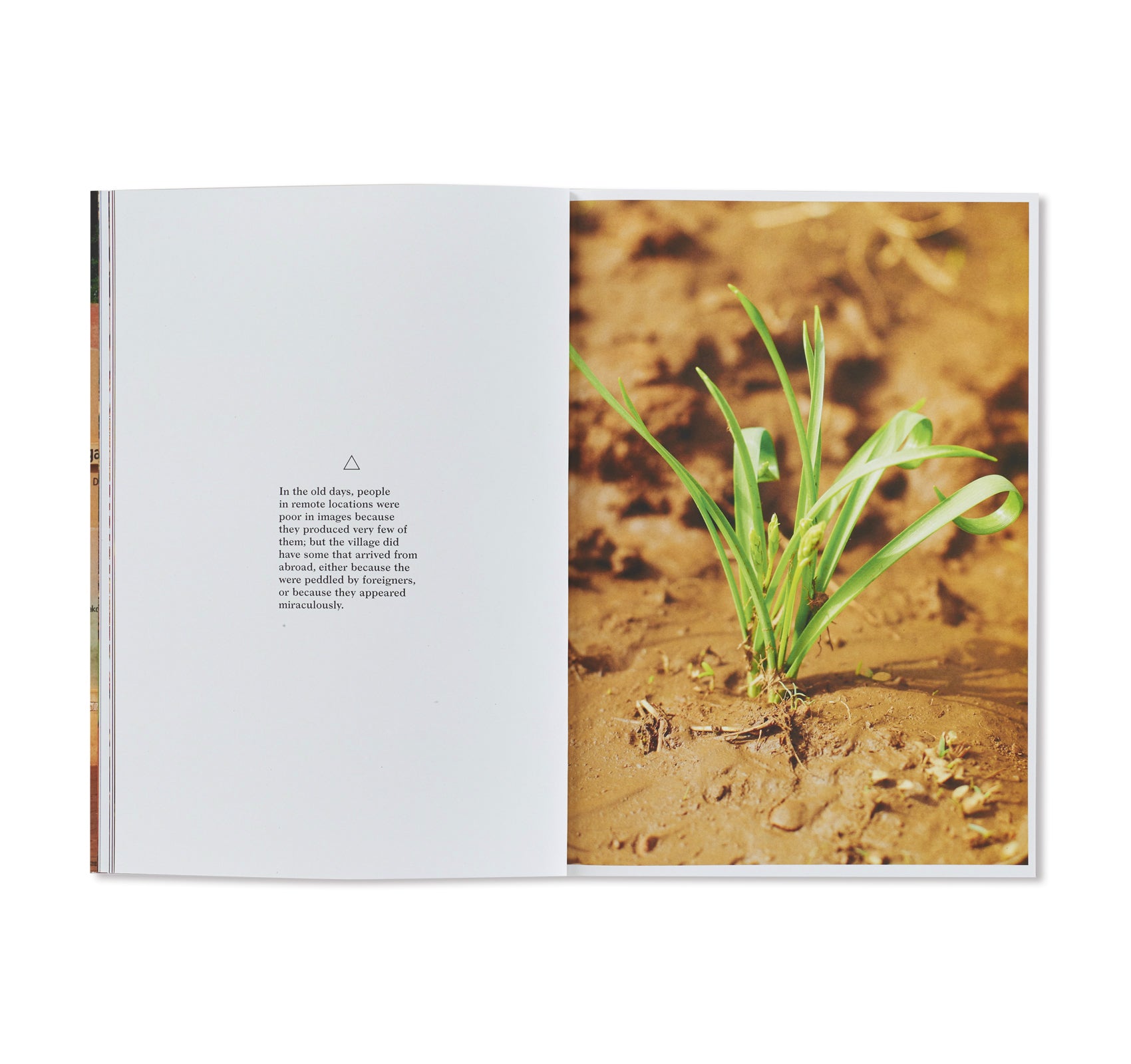
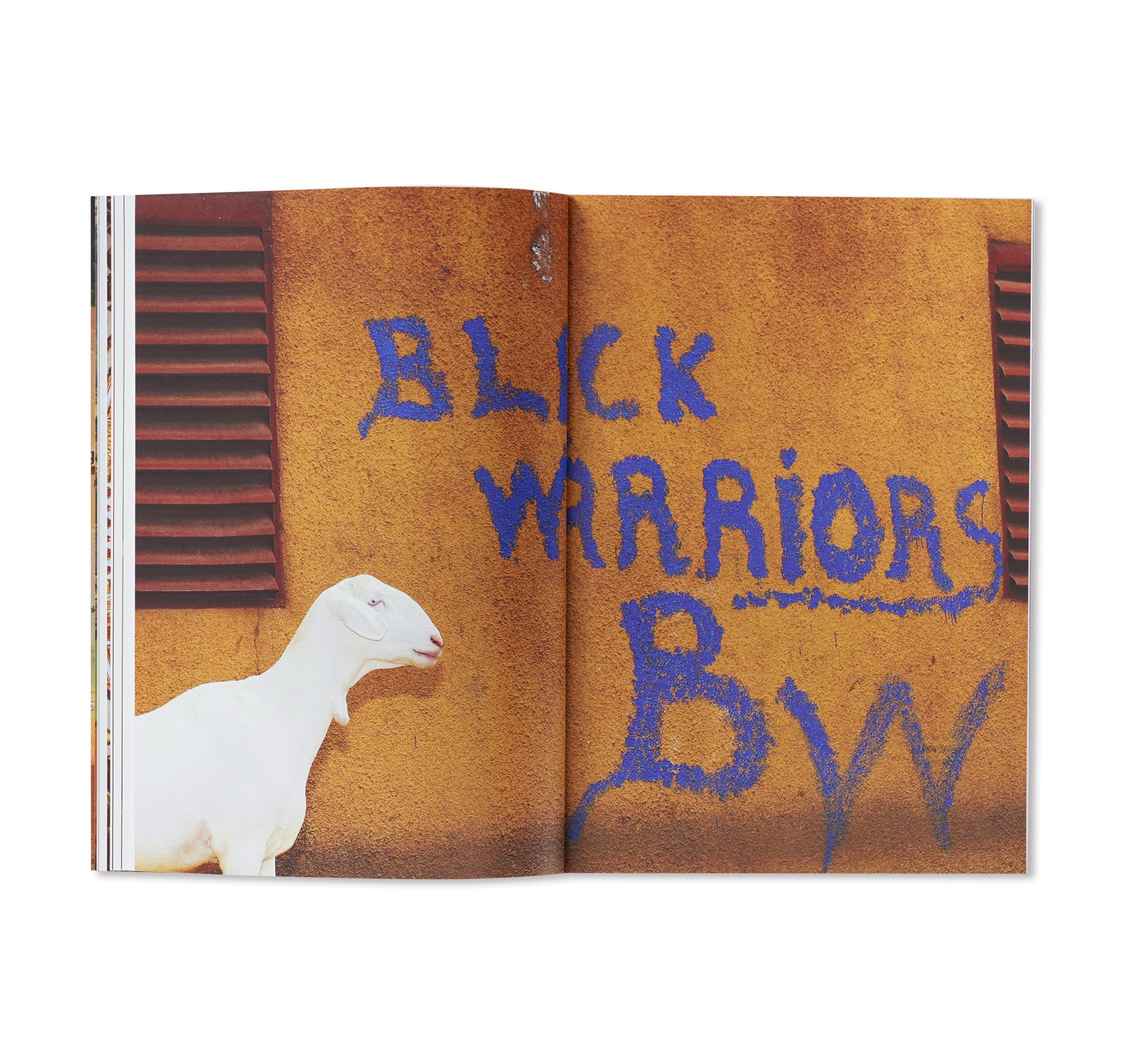
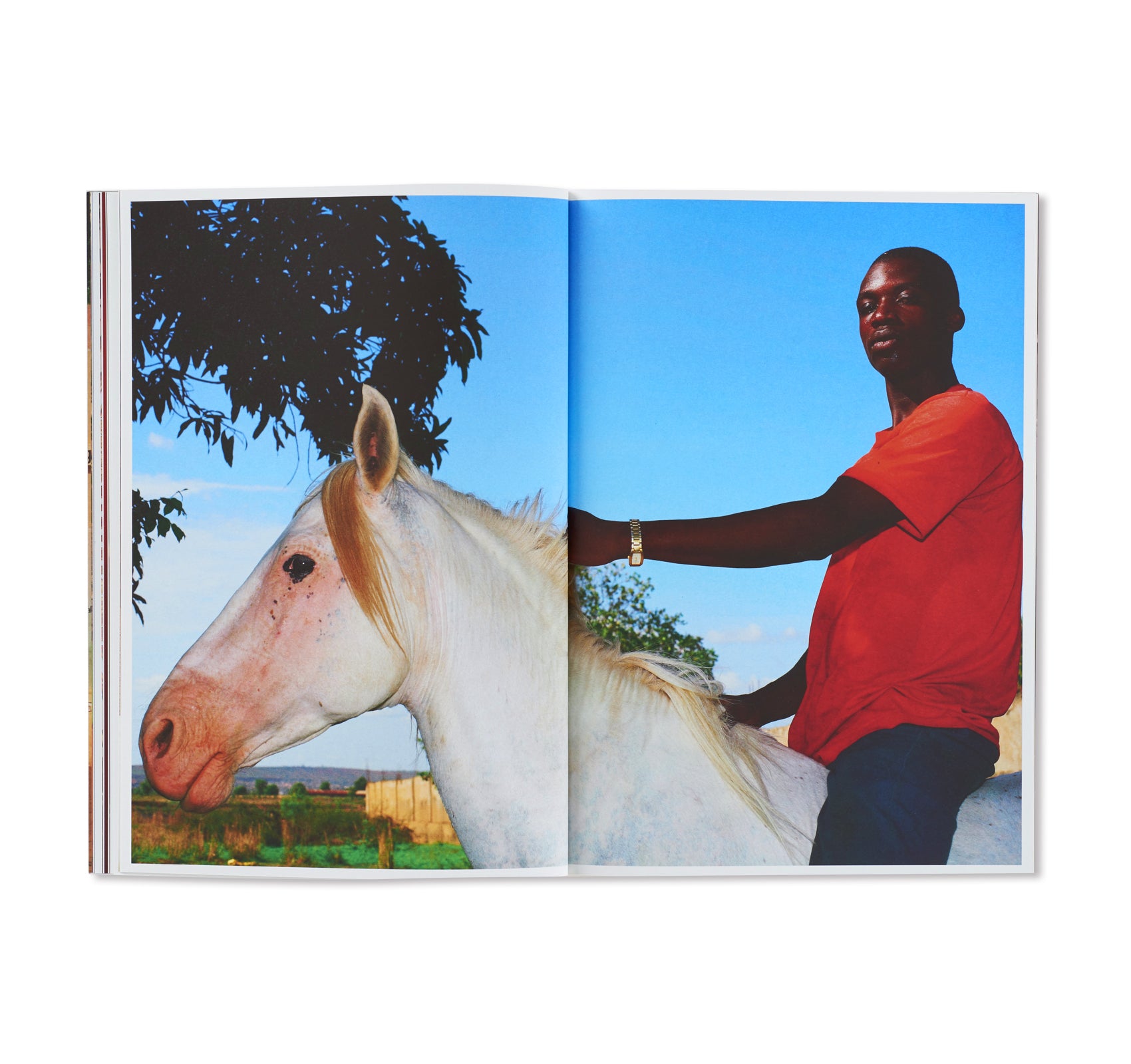
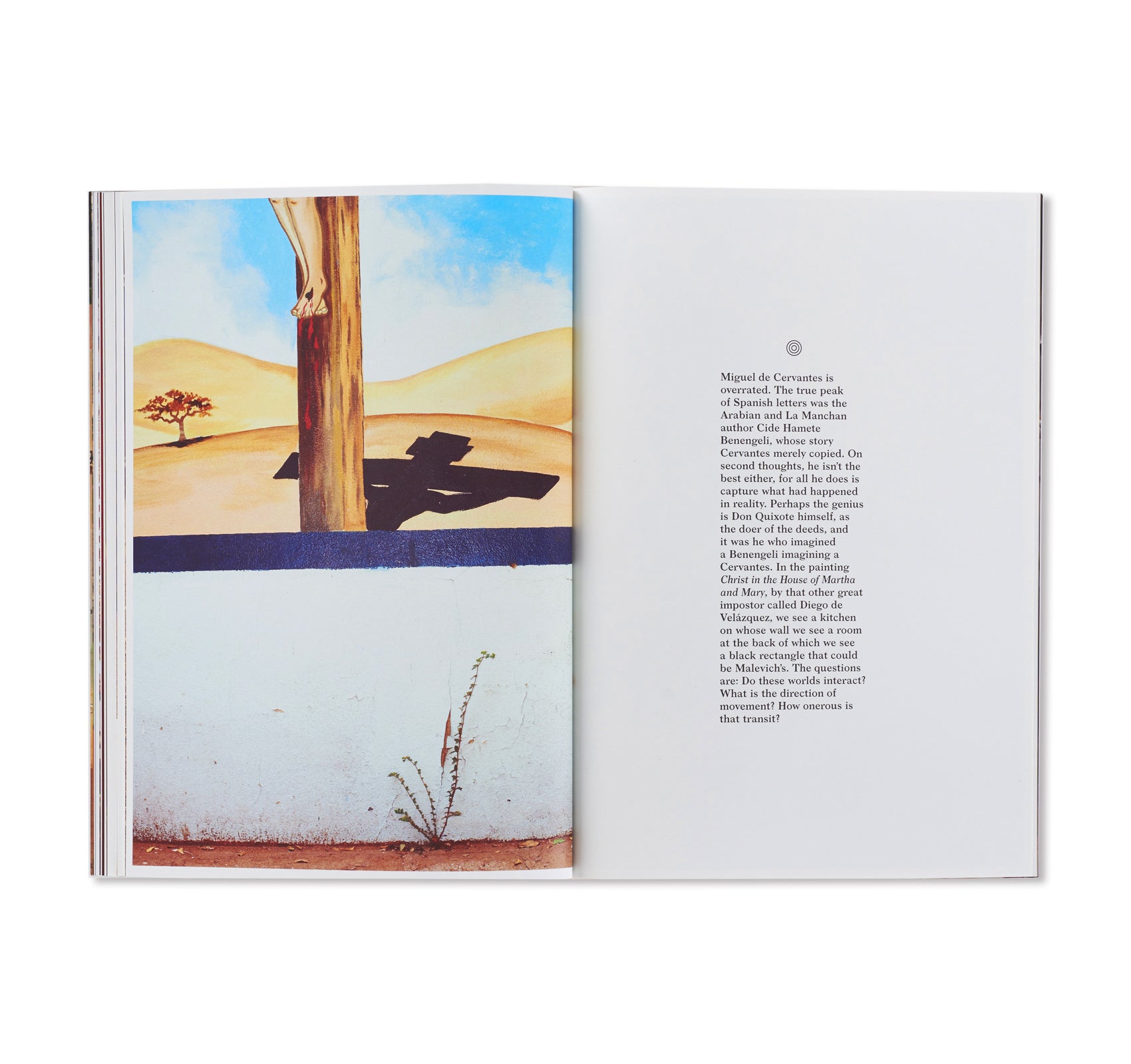
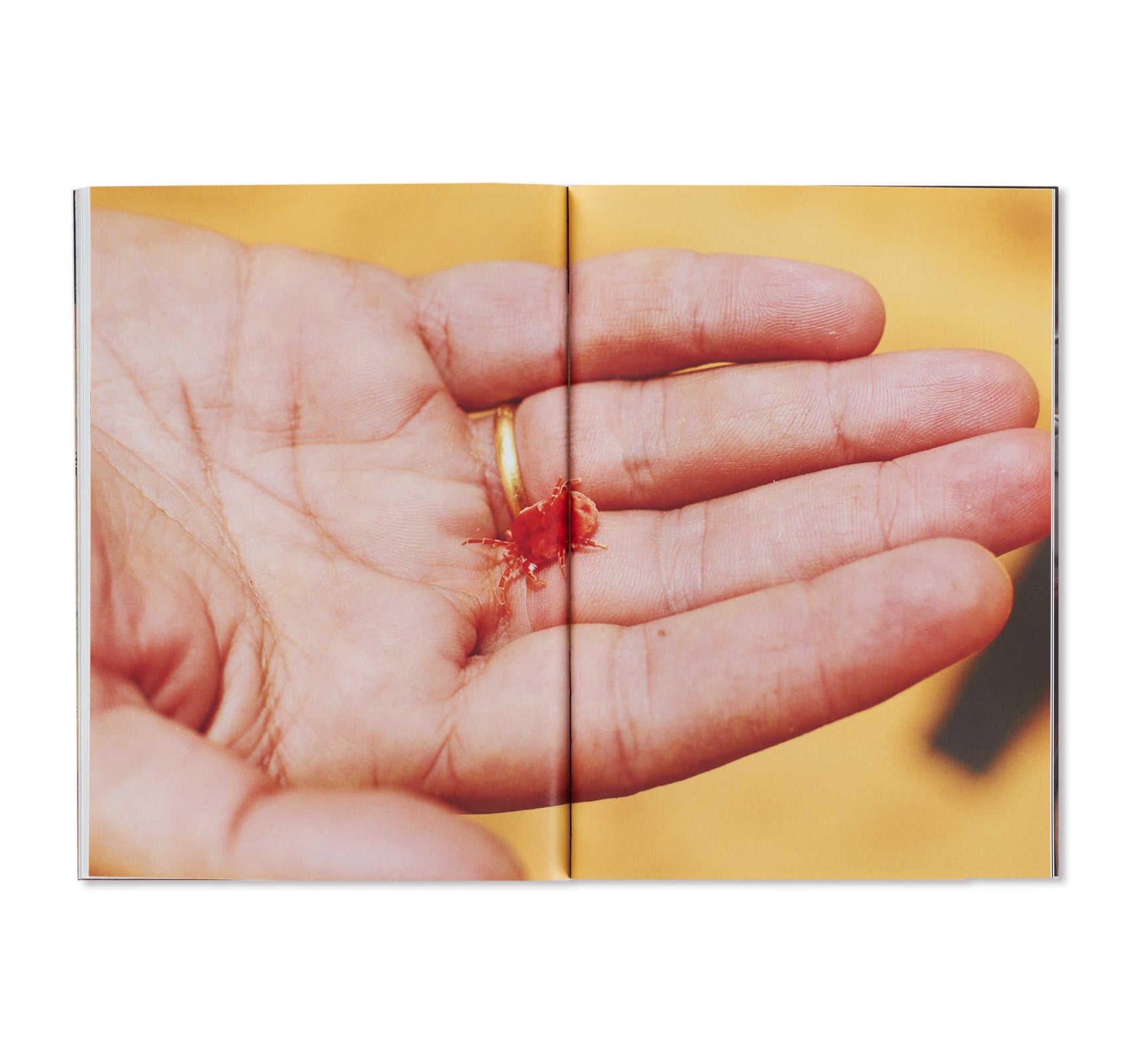
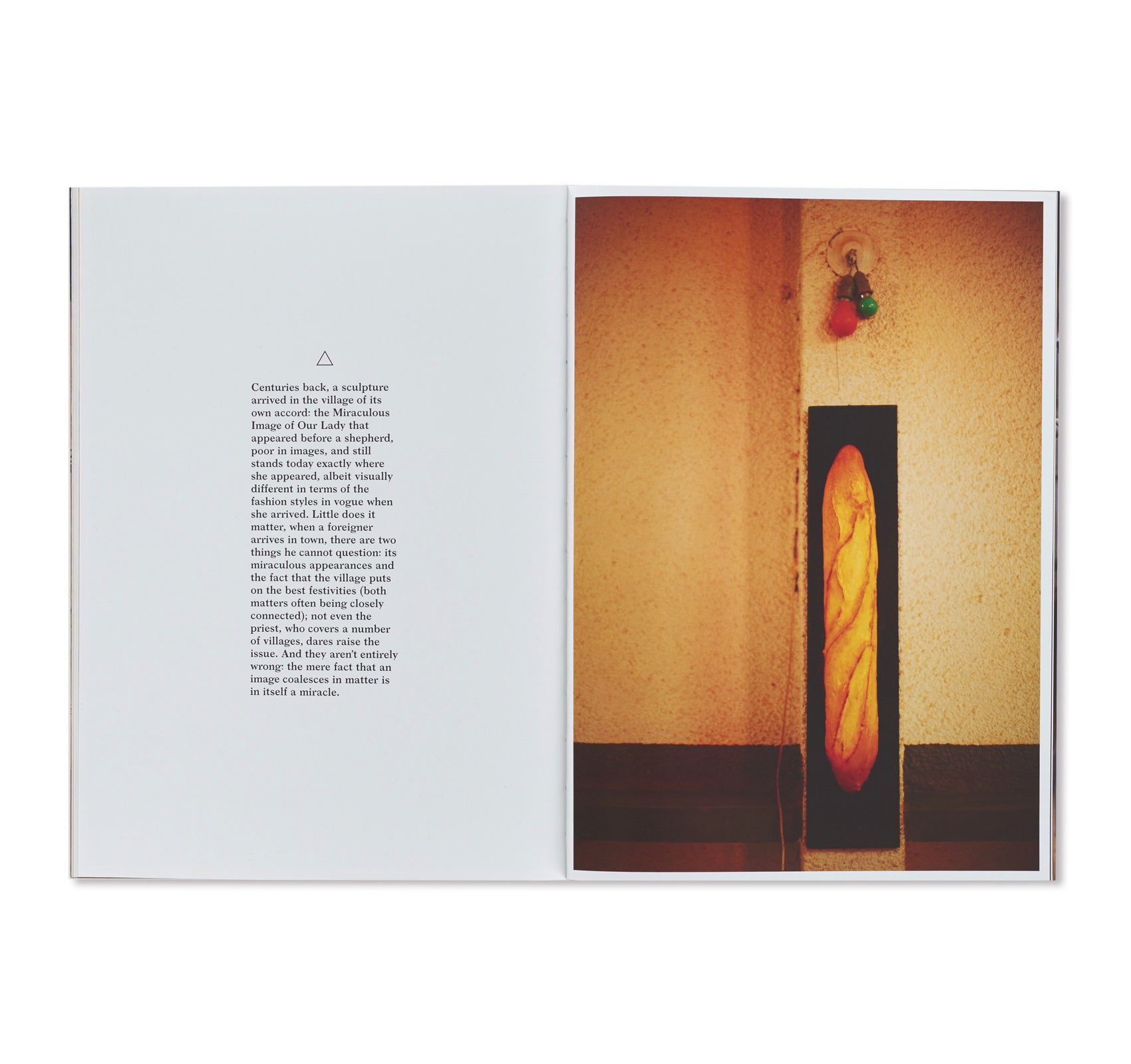
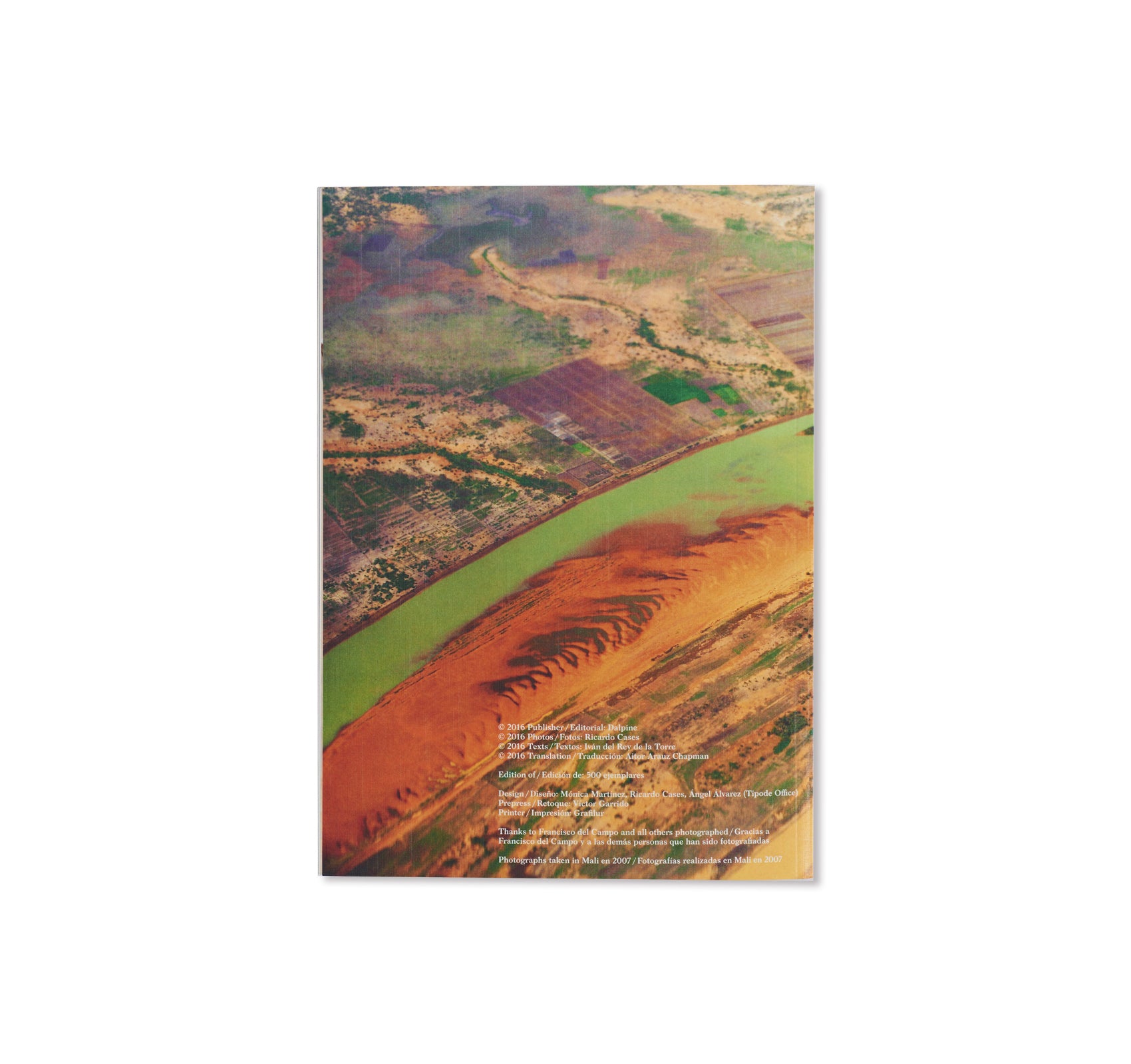
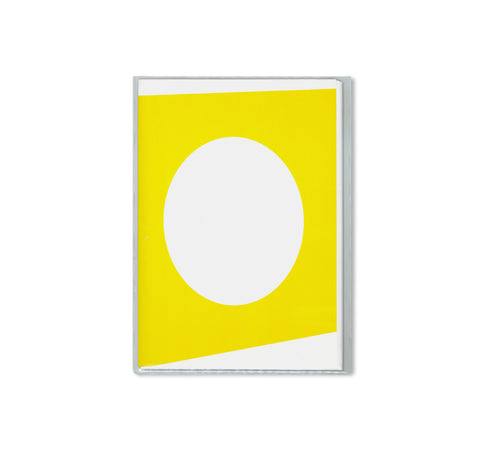
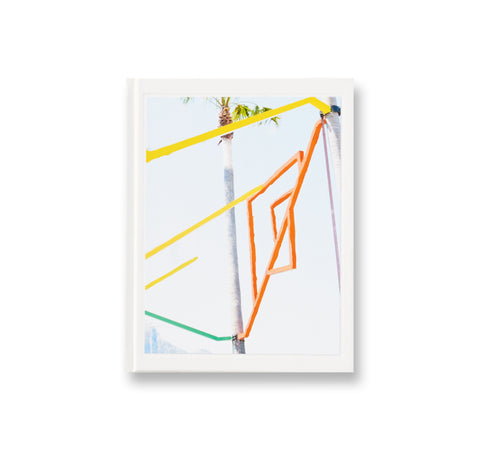
![EL PORQUÉ DE LAS NARANJAS by Ricardo Cases [SIGNED]](http://twelve-books.com/cdn/shop/products/150303_3793_faf33e95-8a9c-4c4d-a878-f9c5fb93a32e_large.jpg?v=1571703942)